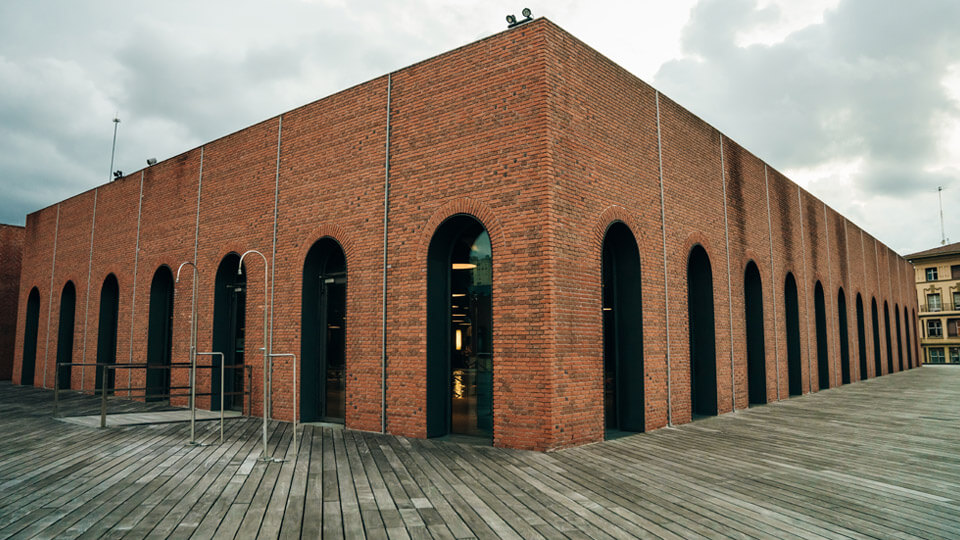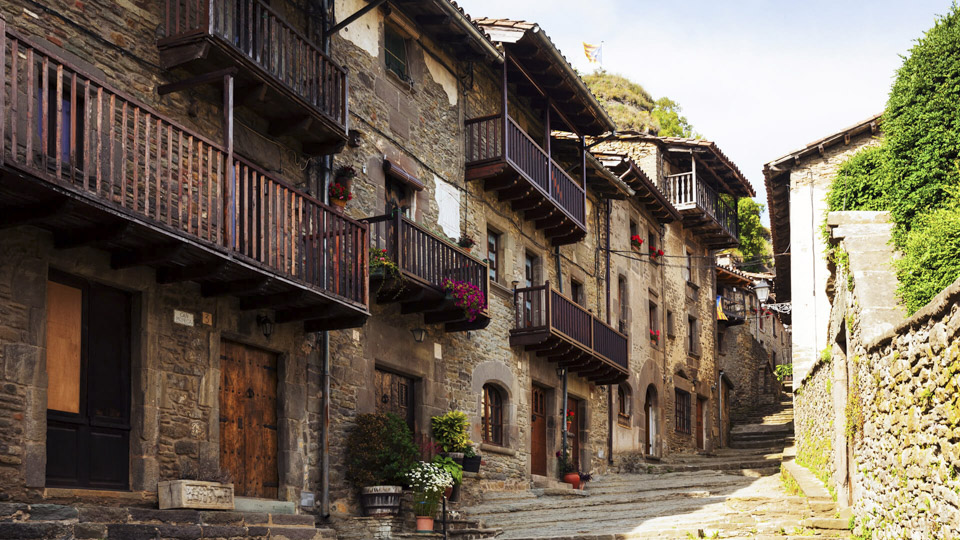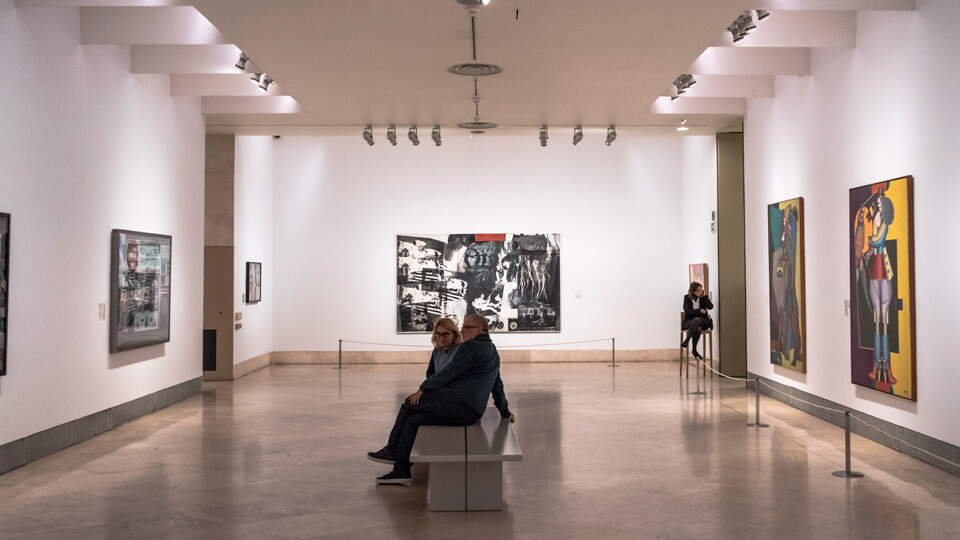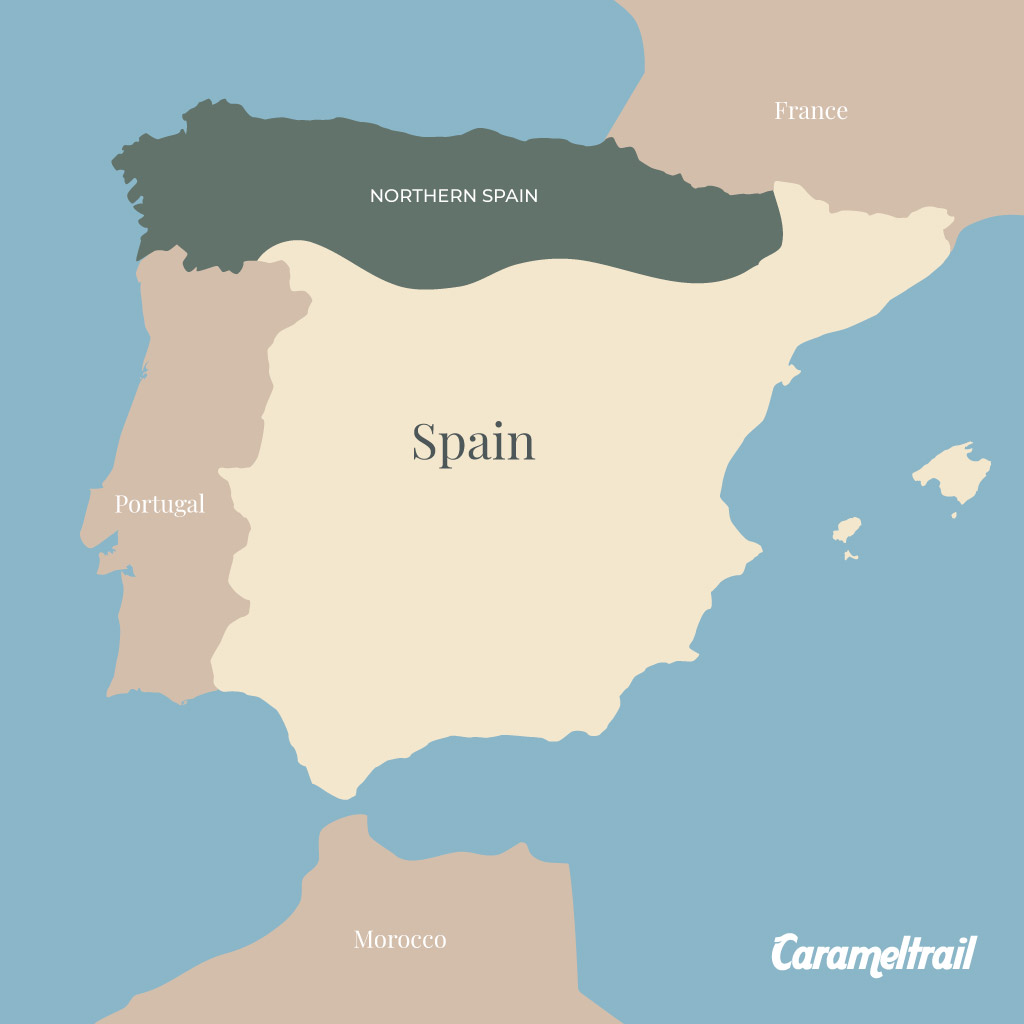
Trip to Bilbao Spain: Guggenheim Museum Bilbao Tour
This Guggenheim Museum Bilbao Tour will reveal you the beauty of the cosmopolitan city of Bilbao known as the botxo (the hole) because of its location in the valley of the Nervión and Ibaizábal Rivers, surrounded by mountains.
In the Bilbao historic city, you will encounter the Seven Streets, which is the medieval core of the city and the “little silver cup” as the writer Miguel de Unamuno names it.
GUGGENHEIM MUSEUM IN BILBAO
The titanium Museo Guggenheim from Bilbao has a modern architecture which makes it one of the most iconic buildings in the city. This museum helped Bilbao to pass over the postindustrial depression and achieved to do it with great impact. It placed the city of Bilbao out in the tourism spotlight.
The surrounding of the museum is a good idea if you want to enjoy art, refreshments, live music, sports or even to play in a children’s play area with swings.
The Guggenheim Museum is visited by about one million people every year
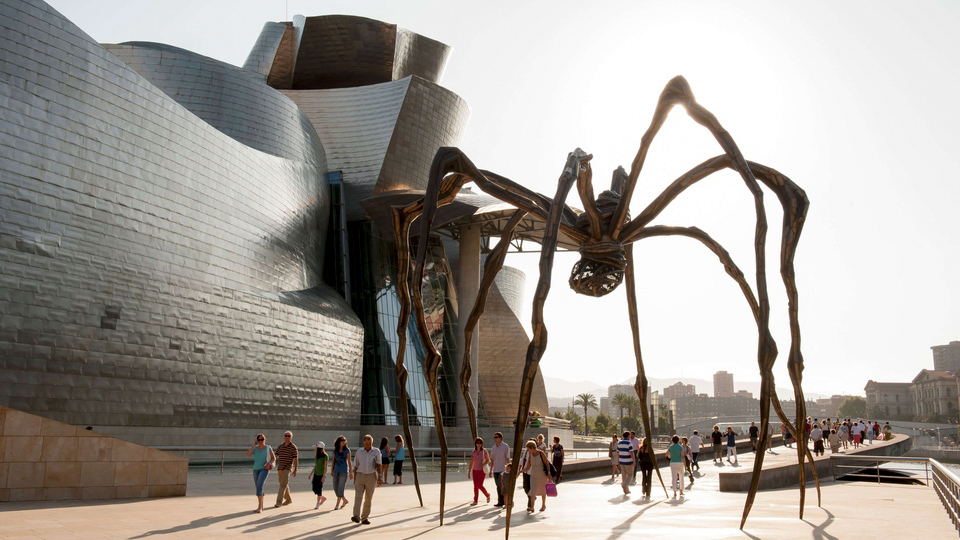
Since it is open to public in 1997, the Guggenheim Museum Bilbao is an important player for the global art scene and also within the group of Guggenheim Foundation institutions.
A major point of interest in this museum is the ArcelorMittal gallery: a great space where you will find eight works of the sculptor Richard Serra which are permanently displayed here.
The Museum is gathering the numerous collections, including some major holdings from the Solomon R. Guggenheim Museum, from New York, and the Peggy Guggenheim Collection, from Venice, along with a set collection of its own.
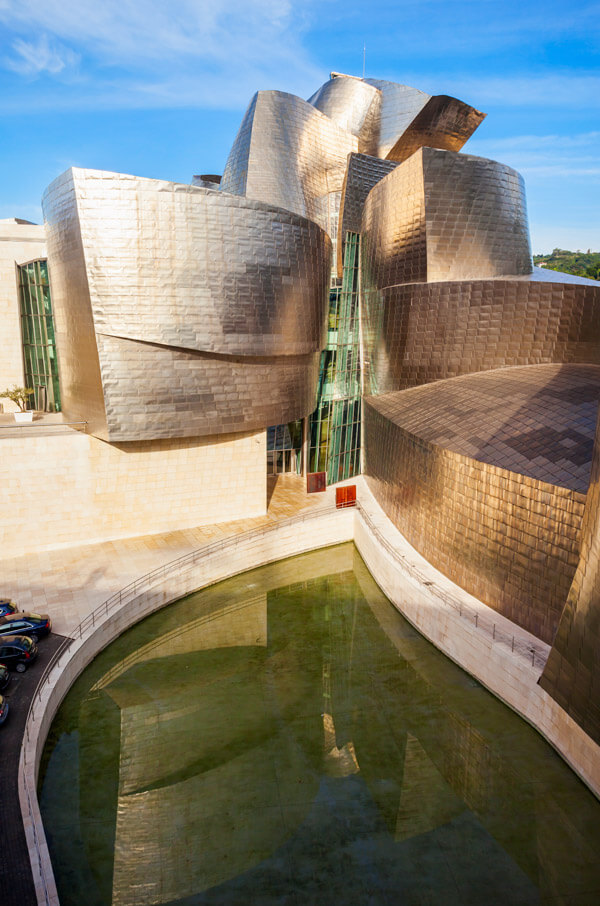
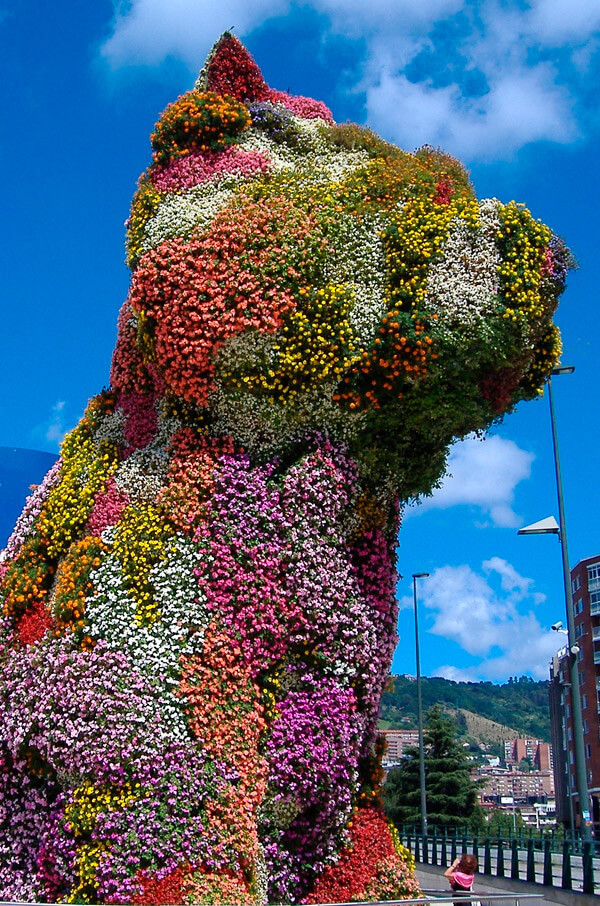
Photo: Author Jose María Ligero Loarte
The Guggenheim Museum Bilbao Collection integrates many time-based works that go well beyond the field of video or installation art. On the contrary, a defining element of plenty emblematic works in this Guggenheim collection is including the natural processes, and the media means that make the viewer feel like being there.
At the entrance of the museum there is a big pet sculpture Puppy, that combines the art history and greets visitors with its imposing coat of many, many seasonal flowers.
ABOUT GUGGENHEIM MUSEUM IN BILBAO…
Who designed the Guggenheim Museum in Bilbao?
The project and the construction of this amazing museum in Bilbao were extraordinarily complex due to the unique architectural design by Frank O. Gehry.
You may believe that the structure overcomes function and maybe that the museum is more famous for its architecture than it is for its content. In this case consider that the Canadian architect Frank Gehry’s motivated the use of flowing canopies, some ship shapes, towers and even flying fins. All these elements together make the design of the Guggenheim Museum irresistible.
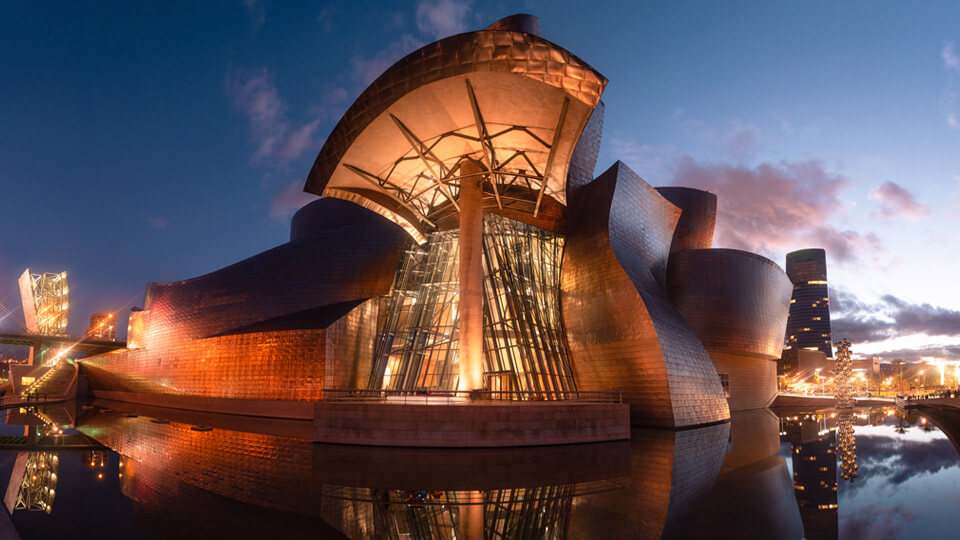
Guggenheim Bilbao architect
Frank Gehry designed the Guggenheim Museum in Bilbao thinking about historical and geographical contexts. This place used to be an industrial wasteland, part of Bilbao’s deplorable warehouse district near the Ría del Nervión.
Gehry´s connection with industrial materials is obvious in some previous works and are brought to the next level with the construction of this museum. Moreover, the titanium tiles that embrace the building may be inspired by Frank´s childhood fascination with fish.
As the Guggenheim architect himself said, the design of the construction is based “on the port that it was and the city it is” because it represents a ship anchored on the banks of the Nervión. Moreover, the titanium cladding allows you to see, at any time of the day, the colors that the light reflects onto it.
SEVEN STREETS BILBAO
The 7 streets (las 7 calles) is the popular name of the oldest neighborhood from Bilbao. This is where the city started to be built. We recommend you to spend some time here and walk exploring the old Bilbao to connect with its history.
The old part of the town has been changed in a meeting point between local, bystanders and tourists who came to know the city. The original Seven Streets, together with the new urbanistic routes which have been added in time, made this explosive mix we see today and which everybody likes because of its singularity.
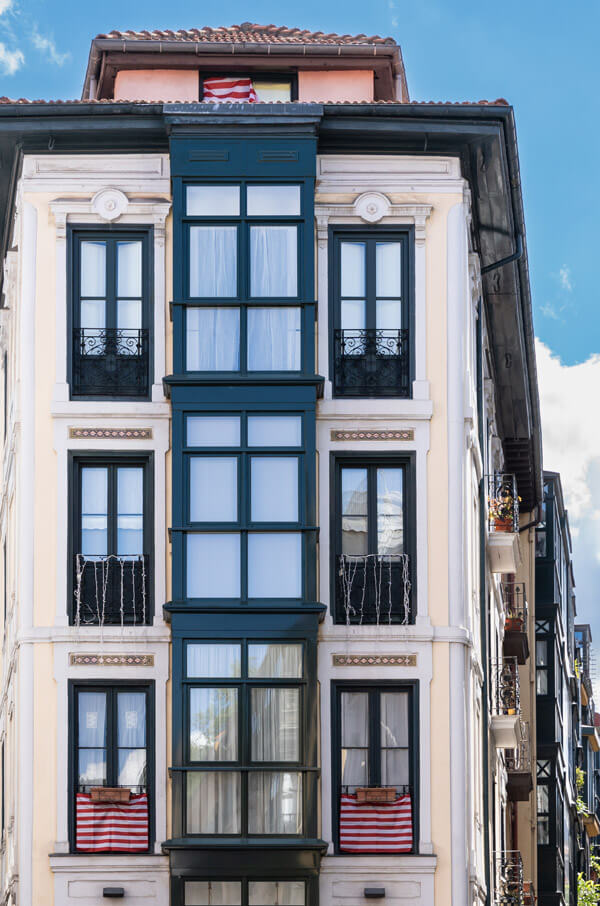
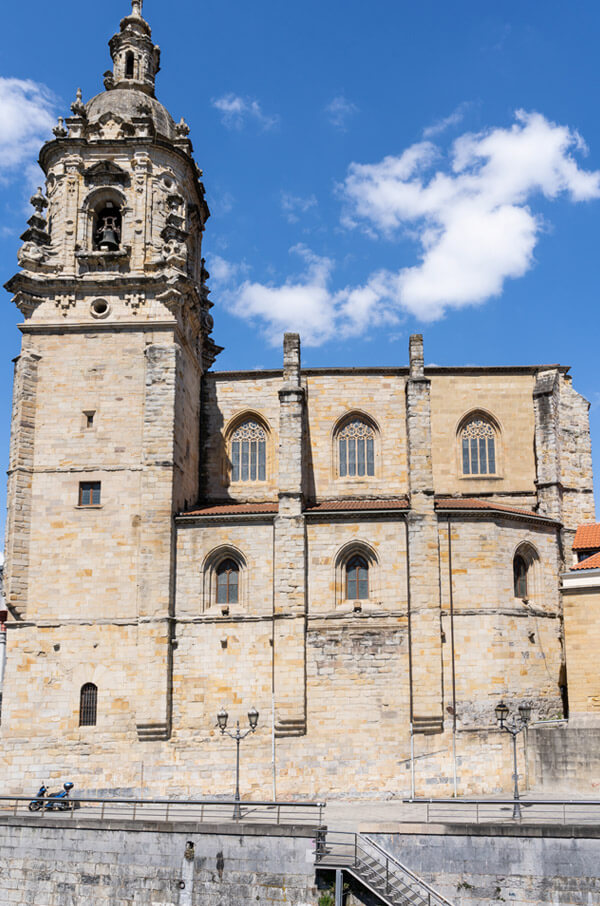
PLAZA MOYÚA BILBAO
Plaza de Don Federico Moyúa, Plaza de Moyúa or Plaza Elíptica, as it is commonly known, is one of the most important cores in Bilbao. The square was built in the 1940s according to the design of Luis Salinas. Strangely enough, his son Manuel was commissioned to revamp the space 60 years later, respecting its original oval shape and the eye-catching French and English-style flower beds.
Plaza de Moyúa is situated right in the center of Bilbao, and it spans 11,450 square meters which hold buildings that nod to the high status that Bilbao attained in the 19th and 20th centuries.
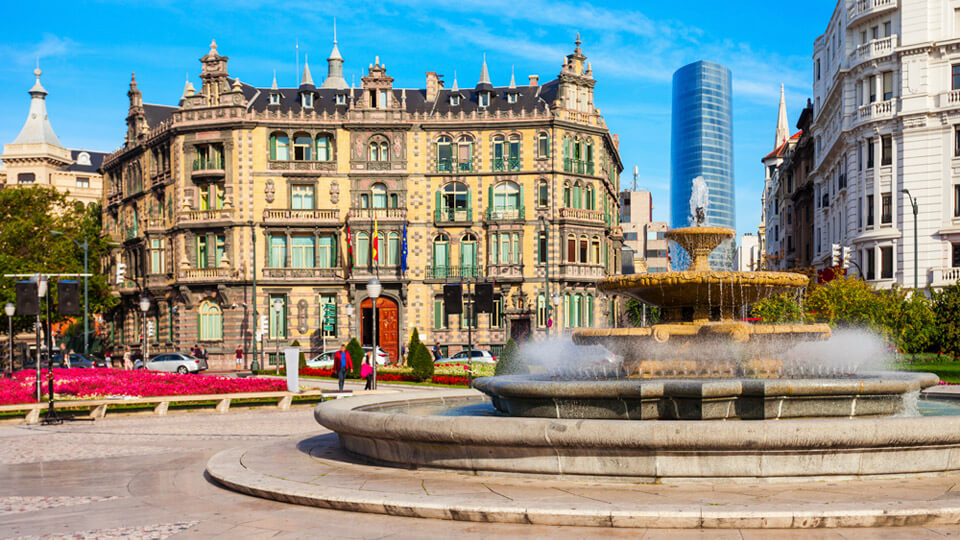
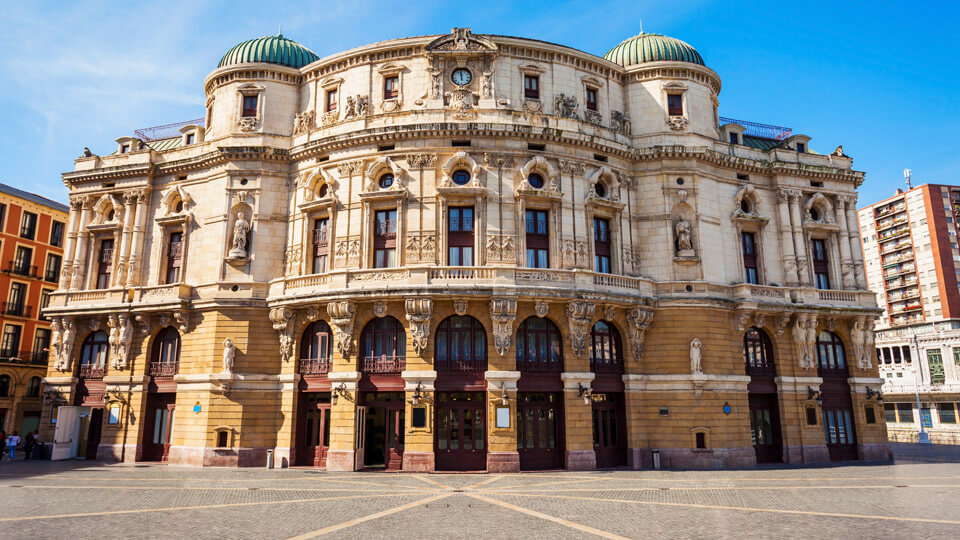
PARQUE DE DOÑA CASILDA: BILBAO’S “GREEN LUNG”
This Park offers great landscaping, marvelous architecture and some artistic fountains that will impress you. It has so many points of interest that it can be difficult to choose from: the myriad of walkways, the promenade, boulevards, the central fountain, the grotto, the botanical garden, the lake, the conservatory…
It may become evident the influence of Forestier’s gardens. The same influence can be seen in Barcelona’s Parque de la Ciudadela and also in the Parque de María Luisa from Seville.
One of the main attractions in Parque de doña Casilda is La Pergola which is a grand, oval-shaped plaza with a charming fountain in the center. In this place various performances are held so people are gathering around.
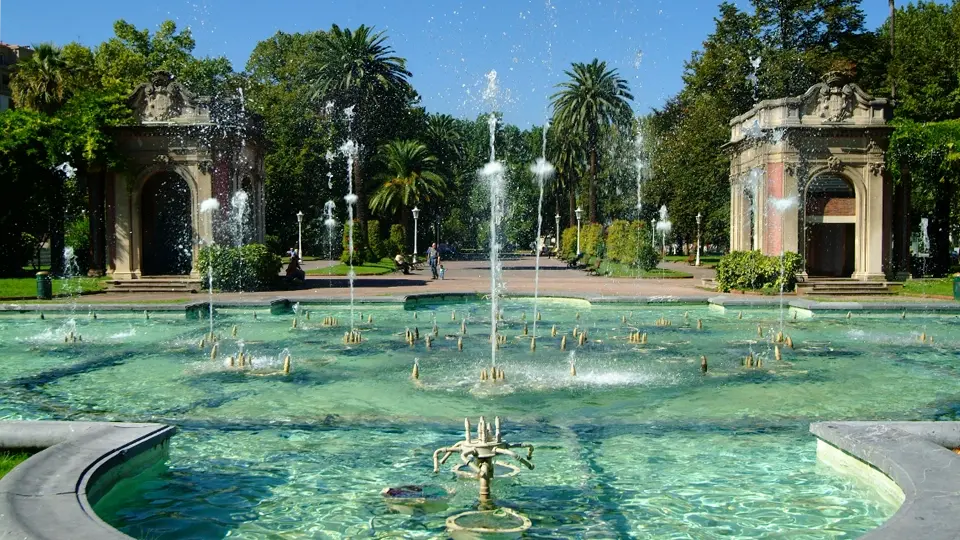
GUGGENHEIM BILBAO GUIDED TOURS
One of the best ways to enjoy your trip to Bilbao is considering its historical and cultural views. One thing that helps a lot is that the Old Town has been designed for pedestrians and it is very well-connected to other interesting tourist places.
Bilbao is accessible by train to other cities placed along the Basque coast and the rest of Spain as well. Both the Old Town and the Modern Bilbao are lovely places to take a walk.
By joining this tour, you will visit, among others, Parque de doña Casilda, Gran Vía, Plaza Moyua, Alhondiga Bilbao Building and of course, the Bilbao old City, known as the Seven Streets. Have you booked your tickets?
